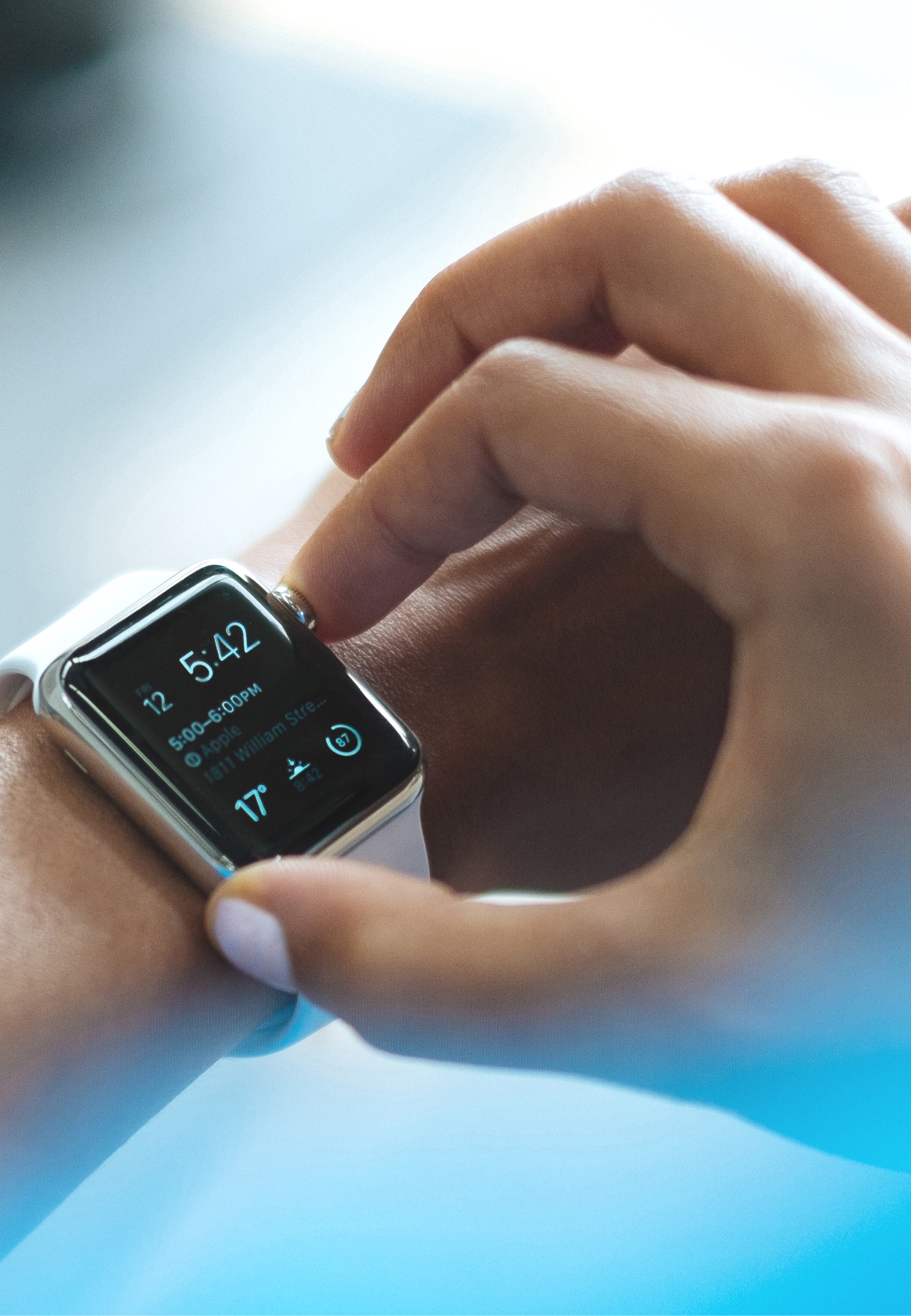Blogs
IP Ingredients: Can you patent a flavour?
September 2024
If you’ve developed a new drink or food with a distinct flavour or mouthfeel and aren’t sure if it’s patentable, then this article may be for you. We explore broadly the role these sensory attributes can play in patenting, what food technology developments may be patent eligible when it comes to flavour or mouthfeel, and some examples of the types of data that can evidence these sensory characteristics.
Food technology companies invest a lot of resources in developing innovative products and methods of manufacture and seek protection for these developments by filing patent applications. Flavour and mouthfeel are important factors in product development, but can a patent be obtained for a food or beverage by reference to its flavour or mouthfeel?
Generally, patents protect developments that are technical in nature. Therefore, an important consideration is whether flavour and mouthfeel are technical in nature and can, in principle, form the basis of a patent application.
Merely defining a new food or beverage as being “sweet” or “savoury” in a patent application is unlikely to satisfy patentability requirements. Instead, an approach to preparing successful patent applications in the food technology field is to consider what technical problem does the improvement in flavour, for example, solve. Once that has been established, next consider what feature of the food or beverage composition is responsible for the improvement. For example, what compound is responsible for the improved flavour? Once this is identified, an assessment of novelty and inventive step with respect to known foods and beverages and other related fields can be done to assess the chances of a patent being granted.
This is perhaps better explained by some real life examples.
European patent EP 2 365 762 B2 (Cargill) covers a method for improving the mouthfeel of beverages by adding specific hydrocolloids to beverages. The applicant explained in arguments presented to the European Patent Office during the examination of patentability requirements that the invention solves the problem of improving the mouthfeel of beverages, in particular, of calorie-reduced beverages. This was solved by the addition of the specific hydrocolloid compositions to the beverage. The Patent Office acknowledged novelty and inventive step, essentially because such colloid compositions had not been used in calorie-reduced beverages and it was not obvious to solve the problem of improving the mouthfeel of calorie-reduced beverages using such colloids. Clearly, the concept of improved mouthfeel can lead to a patent being granted but it was important to explain in the patent application what was responsible for the improvement (the hydrocolloids) and to be able to explain to the Patent Office why the use of the hydrocolloid was not an obvious solution to the problem of improving mouthfeel in calorie-reduced beverages.
Claim 1 of EP 3 082 460 B1 (PepsiCo) covers a beverage comprising the non-nutritive sweetener Rebaudioside A, and particular amounts of caprylic acid, caproic acid, butyric acid and at least one aldehyde. Arguments made during examination suggest that the invention aims to mask the bitterness of Rebaudioside A, and that it does this by adding the various acids and aldehydes to the composition. Again, the improvement in flavour was no doubt an important consideration in product development, but the grant of the patent centred on solving the bitterness problem associated with Rebaudioside A and identifying in the patent application the solution to this problem (the use of the combination of acids and aldehydes). This was seen as a non-obvious solution with respect to the prior art by the European Patent Office in granting the patent.
Arguments for non-obviousness are strengthened by including supporting data in the patent application. Indeed, it is a good idea to evidence with data in the patent application that the novel feature of the food or drink actually solves the problem which the invention addresses.
By reviewing the data contained in the two patents mentioned above, we can see examples of the types of data that can support claims related to mouthfeel and flavour.
EP 2 365 762 B2 contains beverage viscosity measurements taken using a viscometer, friction profile measurements taken using a rheometer, and mouthfeel perception data from a taste panel of trained panellists who ranked beverages based on their “sensory score.” More intriguingly perhaps, EP 3 082 460 B1 relies entirely on taste panel data; it includes scores from 1 to 4 for thirteen flavour characteristics including heaviness/weight, perceived viscosity, syrupy mouthcoating, sweet taste, and more, all assigned to different beverage samples by a panel of descriptive analysis experts. Obtaining such data during product development may be useful in the patent drafting process and play an important part of successfully obtaining a granted patent.
In summary, sensory characteristics such as flavour or mouthfeel can play a prominent role in the patenting of food and drink inventions. Such sensory attributes need to be defined in terms of the technical features that give rise to them, and typically, at least in Europe, it is required to articulate the problem that is solved and why the solution provided by an invention is not obvious (and hence inventive). Sensory characteristics can be supported by, for example, measurements of a product’s physical properties or score-ranked taste panel data.
For any questions relating to the above, please contact the authors Kerry Rees ([email protected]) and Aron Ferenczi ([email protected]).
This article was prepared by Partner and Patent Attorney Kerry Rees and Trainee Patent Attorney Aron Ferenczi






























